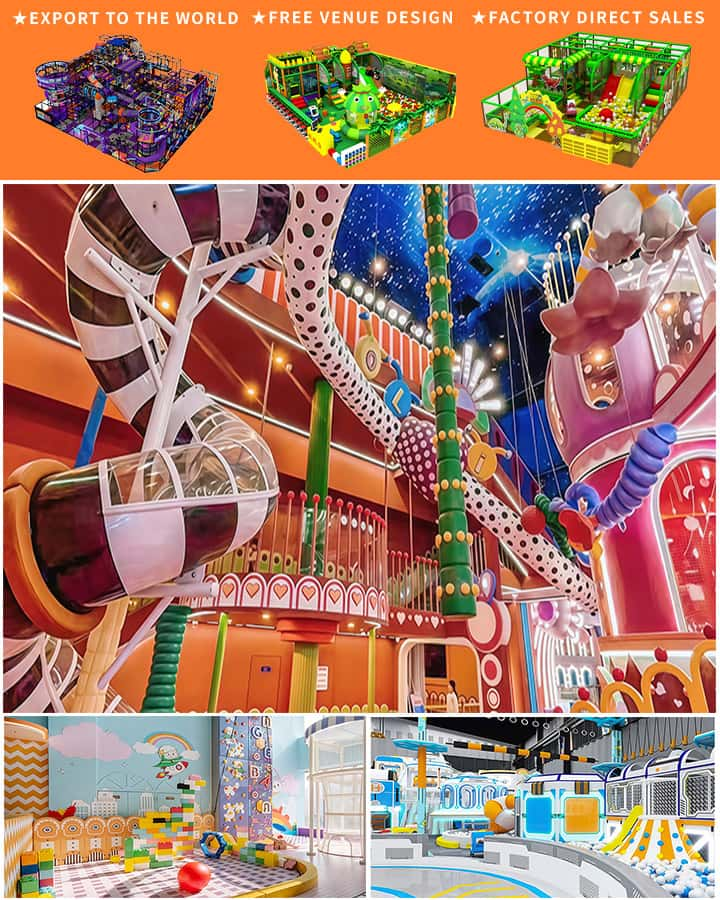Playgrounds are a vital part of childhood, offering a space where children can engage in physical activity, socialize, and develop various skills. Whether you’re a parent, teacher, or simply someone fascinated by the nuances of language, learning the names of playground equipment in Spanish can be both fun and educational. This guide aims to familiarize you with common playground terms in Spanish, enhancing your ability to communicate and understand these terms in predominantly Spanish-speaking environments.
Basic Playground Equipment in Spanish
- Swing (Columpio)
- The swing is universally cherished by children, providing a simple yet exhilarating experience. In Spanish, it is known as “columpio,” which retains much of its English counterpart’s charm.
- Slide (Tobogán)
- The slide, another playground staple, is called “tobogán” in Spanish. It offers a swift ride down, often accompanied by laughter and joy.
- Seesaw (Balancín)
- The seesaw, known as “balancín,” requires coordination and cooperation between two participants, making it an excellent tool for teaching balance and teamwork.
- Climbing Frame (Estructura de Escalada)
- Climbing frames are fantastic for developing motor skills and confidence. In Spanish, they are referred to as “estructura de escalada,” emphasizing their function and structure.

- Merry-Go-Round (Caballito)
- Although less common in modern playgrounds, merry-go-rounds still hold nostalgic value. In Spanish, they are affectionately called “caballito,” which translates to “little horse.”
- Sandbox (Cajón de Arena)
- Sandboxes provide a tactile and creative play experience. They are known as “cajón de arena,” highlighting the use of sand for building and imaginative play.
- Monkey Bars (Barras de Monos)
- Monkey bars, known as “barras de monos,” challenge children to develop upper body strength and coordination. This term vividly reflects the playful nature of the activity.
- Carousel (Rueda de Caballos)
- Carousels, or “rueda de caballos,” are more whimsical versions of amusement park rides but can also be found in large community playgrounds.
- Tunnel (Túnel)
- Tunnels, or “túnel,” stimulate imagination and offer a sense of adventure, encouraging children to explore and navigate through confined spaces.
- Spring Rider (Saltadero)
- Spring riders, called “saltaderos,” offer a bouncing ride that can be both thrilling and soothing for young children.
Advanced Playground Equipment Names
- Zip Line (Típica)
- Zip lines, known as “típica,” add an element of speed and excitement, allowing children to glide from one point to another.
- Spinner (Giroscopio)
- Spinners, or “giroscopio,” involve a rotating platform that can create dizzying fun, promoting balance and coordination.
- Trampoline (Trampolín)
- Trampolines, or “trampolín,” provide a springy surface for bouncing and acrobatic play, beneficial for developing flexibility and strength.
- Puzzle Playground (Juego de Mesa)
- Puzzle playgrounds, or “juego de mesa,” combine elements of physical activity with problem-solving tasks, fostering both cognitive and physical development.
By familiarizing yourself with these terms, you will not only enhance your Spanish vocabulary but also enrich your interactions with Spanish-speaking communities. Whether supervising children at a playground or engaging in casual conversations, knowing the names of playground equipment in Spanish will undoubtedly prove advantageous and enjoyable.




